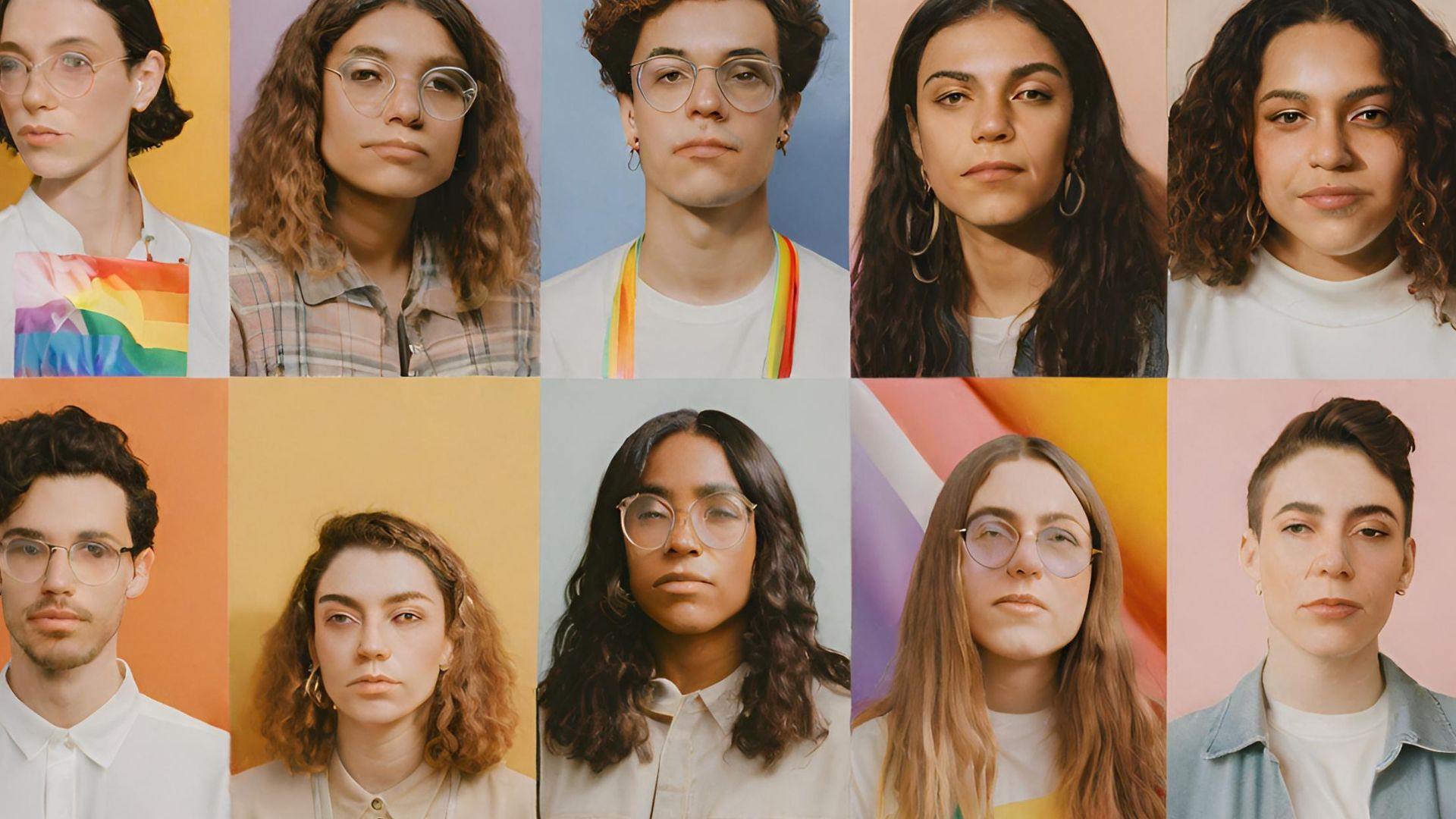Understanding and Supporting the LGBTQ+ Communities
In the evolving landscape of human rights and social justice, the recognition and acceptance of LGBTQ+ communities stand as a testament to societal progress. These communities, diverse and vibrant, are united by their experiences and the ongoing journey towards equity and inclusion. Here, we delve into the intricate tapestry of identities, challenges, and triumphs that define the LGBTQ+ communities.
Diverse Identities Unveiled
LGBTQ+ individuals are not a monolithic group but a rich assembly of diverse identities. Each letter in the acronym LGBTQ+ represents a distinct sexual orientation or gender identity, each with its unique experiences, challenges, and narratives.
Lesbian, Gay, Bisexual
These terms represent sexual orientations that are non-heterosexual. Lesbians are women attracted to women, gay men are attracted to men, and bisexual individuals are attracted to both men and women. These communities have made significant strides in societal acceptance, yet challenges persist.
Transgender and Queer
Transgender individuals have a gender identity that differs from the sex assigned to them at birth. Queer is an umbrella term that encompasses a variety of sexual orientations and gender identities, including those not covered by the traditional LGBTQ acronym.
Additional Identities
The ‘+’ symbol acknowledges the existence of other sexual orientations and gender identities, including asexual, pansexual, non-binary, and genderqueer, among others.
The Journey to Acceptance
Historical Context
The LGBTQ+ communities have a rich history marked by struggles and victories. From the Stonewall riots to the legalization of same-sex marriage, each milestone reflects a step towards equality.
Present-Day Challenges
Despite advancements, LGBTQ+ individuals face ongoing challenges, including discrimination, stigma, and mental health issues. Addressing these requires societal, legal, and institutional changes.
Supporting LGBTQ+ Communities
Allyship
Being an ally involves supporting and advocating for the rights of LGBTQ+ individuals. It requires education, empathy, and action to challenge discrimination and promote inclusivity.
Legal Protections
Implementing and enforcing laws that protect LGBTQ+ individuals from discrimination is crucial. These legal frameworks uphold the rights and dignity of every person, regardless of their sexual orientation or gender identity.
Expanding the Spectrum of LGBTQ+ Identities
The Inclusive Acronym
The acronym “LGBT” has evolved over the years to be more inclusive of various gender identities, sexual characteristics, and sexual orientations. It is often extended with additional letters or a “+” symbol to embrace identities like asexuality, pansexuality, and bispirituality, among others. These acronyms are integral in expressions related to the rights and movements associated with these communities.
Misuse of Terminology
The term “gay” is sometimes inaccurately used to refer to the entire LGBT community. To foster inclusivity, terms like “altersexual” and “MOGAI” (Marginalized Orientations, Gender identities, And Intersex) have emerged to encompass a broader range of identities.
Orientation and Identity
Sexual orientation broadly indicates the genders a person is attracted to. There is also the concept of romantic orientation, which exclusively denotes romantic attraction. Various orientations include:
- Homosexuality : Attraction to the same gender.
- Bisexuality : Attraction to more than one gender.
- Pansexuality : Potential attraction without gender distinction.
- Asexuality : Little to no sexual attraction to others.
Gender Identity
Gender identity is a personal internal perception of one’s gender, which may not align with the sex assigned at birth. Key terms include:
- Transidentity : Identifying with a gender different from the assigned sex.
- Non-Binary : Not exclusively identifying with either male or female genders.
- Bispirituality : Refers to Indigenous people embodying both masculine and feminine spirits.
- Intersex : Individuals with sexual characteristics that don’t fit typical definitions of male or female.
Decoding LGBTQIA+
The acronym extends to include a variety of identities:
- LGB : Refers to lesbians, gays, and bisexuals.
- T : Encompasses trans individuals, including transsexual and transgender people.
- QIA : Stands for questioning or queer, intersex, and asexual.
The “+” symbol includes allies and other identities like agender, demisexual, genderfluid, graysexual, non-binary, pansexual, polyamorous, sapiosexual, and bispiritual.
Additional Terms in the LGBTQ Community
As societal norms evolve, new terms emerge to describe diverse identities and experiences. These include abbreviations like “as” for asexual, “bi” for bisexual, “cis” for cisgender, and “poly” for polyamorous. The term “coming out” denotes the act of revealing one’s sexual orientation or gender identity.














+ There are no comments
Add yours